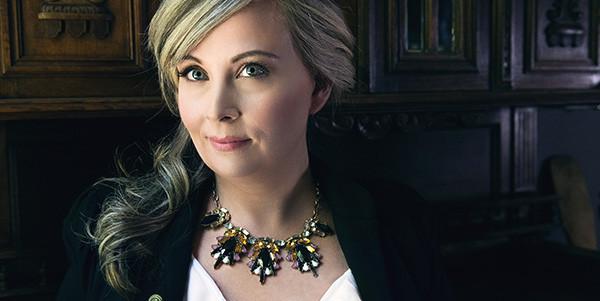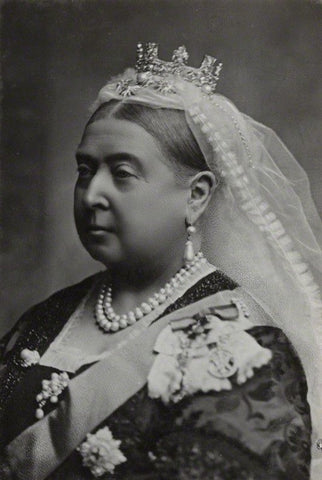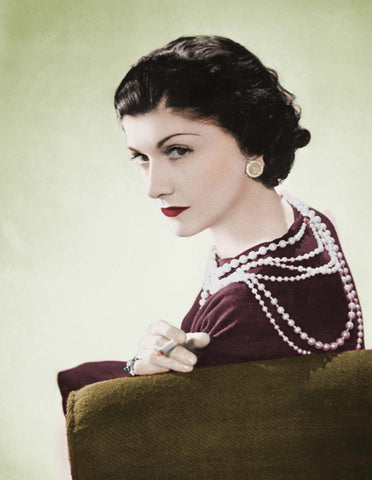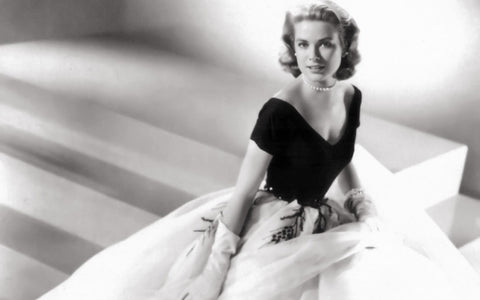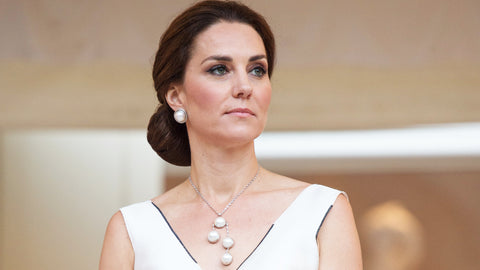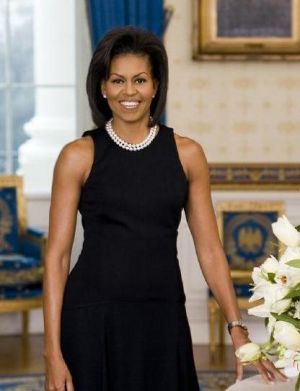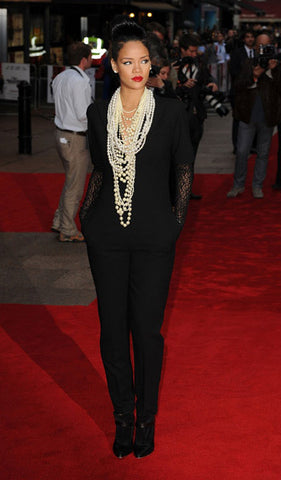Fashion. It is an essential part of every society and community that we live in today. It is the guidebook of what is considered appropriate and what is not appropriate at the time. Fashion designers of the 50s would be scandalized at the short hemlines, see-through, and revealing fashion that we have today. Fashion is an outward representation of the wearer’s feelings. So how is it that pearls have not lost their place in fashion? From pre-fashion time to today, pearls have held a high pedestal in the fashion community but how did they get there? And why are they still there? Today we are going to deep-dive into the history of pearls and their prestige throughout the years.
Before written history:
It is believed that pearls were discovered while fisherman along coastlines were opening up oysters for food. Once they were discovered they soon reached to a high prestige in almost every society because of their rarity. Today we take for granted the ease of being able to get pearl necklaces because of the discovery of cultured pearls, but before then pearls were so rare that their value was incomparable. Pearls were worn almost exclusively by the noble or the incredibly wealthy because of this incredibly high value.
Before they were worn as jewelry, pearls were used as a form of currency or decoration. Historians believe that the ancient Chinese used pearls as early as 2300 BCE! The ancient Greeks are known for their use of pearls in their clothing and decoration of furniture. The earliest record of pearl jewelry comes from the sarcophagus of a Persian princess who was buried with a pearl necklace. The necklace is believed to be from about 420 BCE and is known as the Susa Necklace.
Use through history:
As early as the Renaissance, pearls became the ultimate display of wealth within the nobility; and women would adorn themselves with pearls on their gowns, jewelry, and hair. Many queens of the time are known for their use of pearls, one in particular being Anne Boleyn the second wife of King Henry the VIII.
During the Victorian Era, small pearls rose in popularity as they were seen as a symbol of delicate and pure women. Queen Victoria was even photographed wearing this style of gorgeous pearls.
Beginning in the 1900s:
1920s:
At the creation of cultured pearls the availability and affordability of pearls rose. Pearls began to take the world by storm. Fashion icons of the 1920s wore long ropes of pearls that swayed when dancing. The gem became a staple of the flapper style and their rise to fame has never faltered since. Famous stars such as fashion designer, Coco Chanel are known for their love of the gem, even stating “A woman needs ropes and ropes of pearls.”
1930s:
The rise of silent movies and cinema-goers creates a more widespread knowledge of fashion. The typical long string of pearls that was iconic with the flapper style, shortens to a much simpler multiple strands of pearls worn close to the neckline. The creation and affordability of cultured pearls makes this look much easier to achieve.
1940s:
Pearls take a break during this time period as many women move into the workforce to support troops overseas. Jewelry was dangerous in many factories and many people were afraid it would lead to injury, so women took off their pearls and adorned work boots. Icons such as Rosie the Riveter called for action during the time, soliciting many women to come and work and help their country.
1950s:
After the war, fashion goes back to being feminine and motherly. Women are asked to forgo their roles as workers and take up their old roles as wives and mothers. Pearls once again flourish during this time period. As women such as Jackie Kennedy, Audrey Hepburn, and Grace Kelly all appear in pictures and on the screen. The fashion icons of the decade are seen adorning their pearls with almost every outfit. And Jackie Kennedy is quoted as saying her famous line today “Pearls are always appropriate.”
1960s:
Cultured pearls lose a little bit of the limelight and natural pearls are treasured once again. The hippie revolution of the sixties leads many young people away from the gem and towards more colorful and natural fabrics and design. Pearls are considered ‘old’ and not fashionable among the youth, but they still remain relevant in many areas of the world. Natural pearls are sought after as well as colorful pearls. There becomes a distinction of wearing pearls. There are some people who wear pearls for fashion (those who wear cultured pearls) and some who wear them for status (those who wear natural and rare pearls).
1970s:
By the 70s the hippie revolution is in full swing. Pearls are seen as stealing from the planet, and the style of the time period does not match the natural fabrics and aesthetic of the period. Pearls once again take a back seat in pop culture, but still remain a symbol of status among the wealthy.
1980s- today:
Pearls have now taken a seat at the feet of the elite. Once again, pearls are seen as a symbol of status, femininity, and conservative fashion. Princess Diana was well-known for her love of the gem and was often seen wearing them at almost every outing. Imitation pearls do not hold the same status that they once did, and those who can afford natural pearls are seen as superior.
Pearls are often seen around the necks of political leaders and their wives, as well as famous actresses worn as either a statement or or an allude to their popularity in the 50s. Some of the more popular people who can still be seen wearing pearls today, include Rihanna, Kate Middleton, Michelle Obama, and Angelina Jolie.
Wearing Pearls Today:
Today pearls continue to be a symbol of conservative fashion, wealth and femininity. Political icons such as Michelle Obama and Kate Middleton wear them in a similar style that was famous in the 50s with the high necklines. They are also a symbol of status in this case as well.
Kate Middleton can be seen wearing this popular gem in the typical style as well as a new take on them with geometrical asymmetry. Taking the typical connotations associated with the gem and creating a new meaning.
Michelle Obama is seen wearing the typical fashion of the 50s with a tighter silhouette and shorter sleeves.
Angelina Jolie can be seen wearing her pearls in a similar way to how they wore them in the 50s. She seems to be harkening back to the era of femininity and class.
Similarly, Rihanna can be seen on the red carpet sporting rows upon rows of pearls. Is this a display of wealth? Or a statement piece? Whatever she was wearing it for, it looks gorgeous!The use of pearl today is versatile and is being worn in many new ways that have yet to be seen. Are we on the edge of a new fashion wave? Are pearls going to make a comeback? Are they going to continue to be seen as traditional or are they going to create a new name for themselves? Only time will tell, but one thing is for sure, they are still just as radiant as they were in pre-recorded history. No wonder pearls have continued to be a symbol of status.
Conclusion:
Pearls have always been a symbol of wealth and social status, but their popularity and availability has been ever changing. Since their discovery, pearls have dazzled the world, and they continue to today. Be on the lookout for pearls this season, because it looks like they are making a comeback! Until next time my beautiful readers, stay gorgeous!
